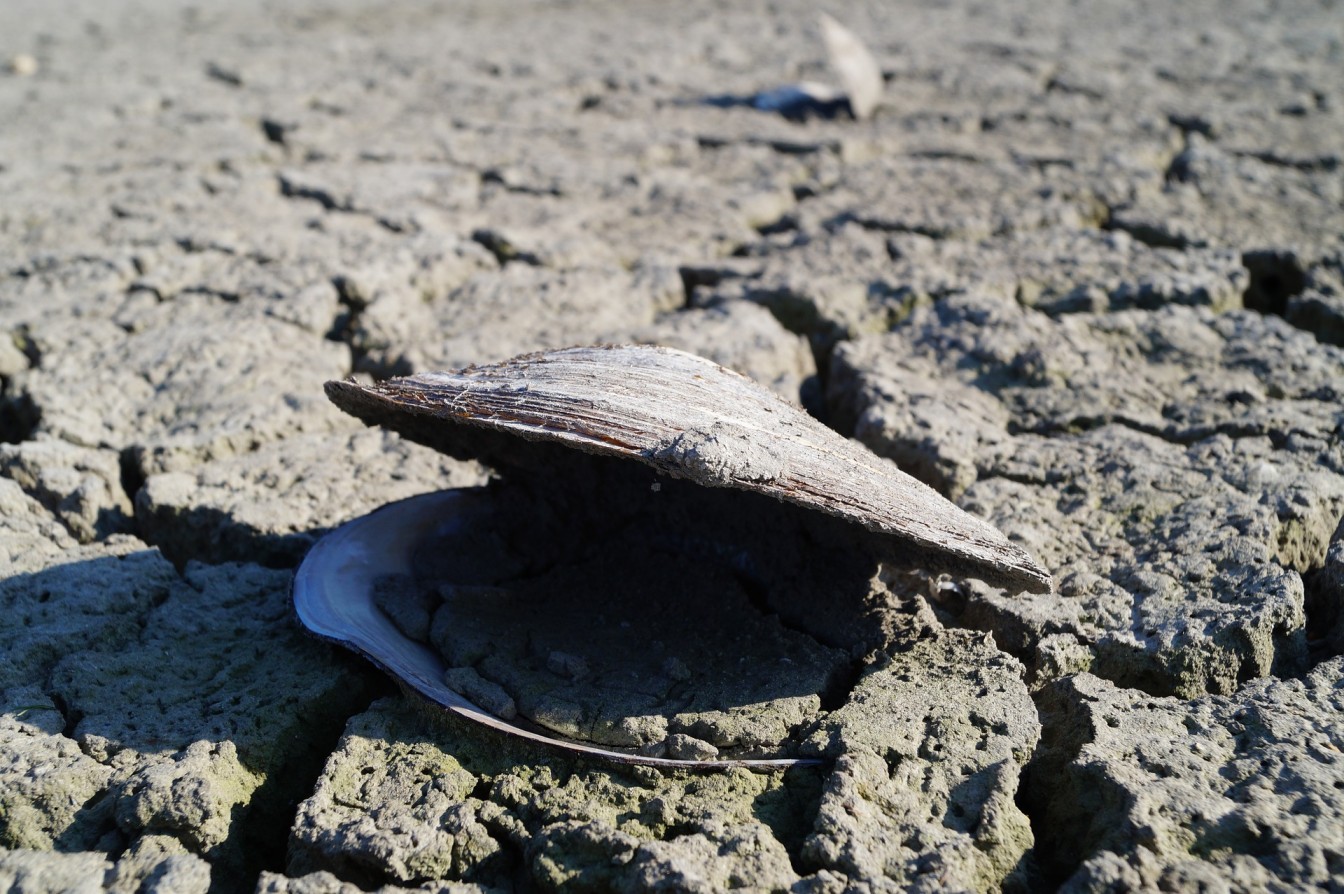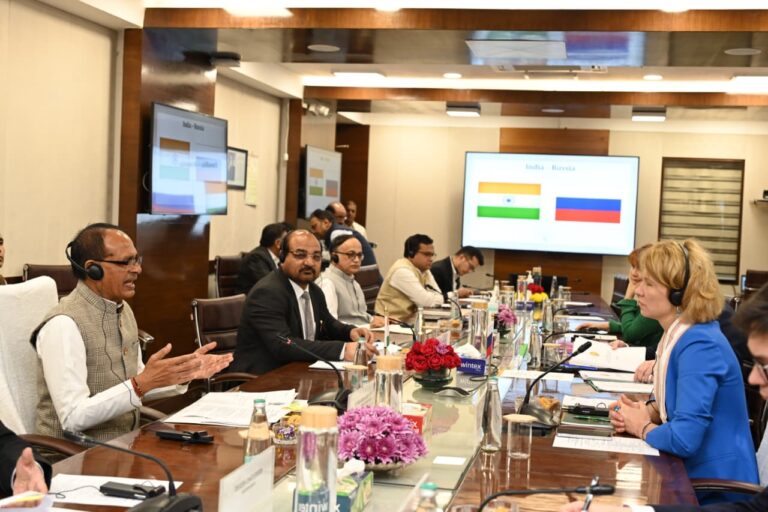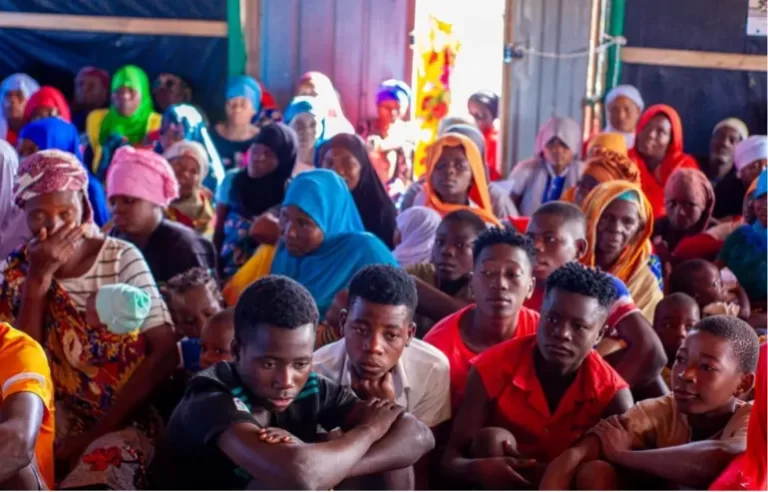
Conflict, COVID-19, climate crisis likely to drive higher levels of acute food insecurity in 23 hunger hotspots – new report
Rome: Ethiopia and Madagascar are the world’s newest “highest alert” hunger hotspots according to a new report released today. The report also flags other countries as amongst the worst hunger hotspots – where life-threatening hunger is on the rise – Afghanistan, Burkina Faso, the Central African Republic, the Democratic Republic of the Congo – the country with the highest number of people in urgent need of food assistance in the world, Haiti, Honduras, the Sudan, and Syria.
This is of grave concern as conflict, the economic repercussions of COVID-19 and the climate crisis are expected to drive higher levels of acute food insecurity in 23 hunger hotspots over the next four months, according to the report, as acute food insecurity continues to increase in scale and severity.
The 23 hotspots are: Afghanistan; Angola; Central African Republic; Central America (Guatemala, Honduras, Nicaragua); Central Sahel (Burkina Faso, Mali and the Niger); Chad; Colombia; Democratic Republic of the Congo; Democratic People’s Republic of Korea; Ethiopia; Haiti; Kenya; Lebanon; Madagascar; Mozambique; Myanmar; Nigeria; Sierra Leone together with Liberia; Somalia; South Sudan; the Sudan; Syria; and Yemen.
Humanitarian action is urgently needed to prevent hunger, famine and death in all 23 hotspots, the report warns, providing country-specific recommendations covering both shorter-term emergency responses, as well as anticipatory actions to protect rural livelihoods and increase agricultural production to prevent food insecurity from worsening and help at-risk communities better withstand future shocks.
However, efforts to fight a global surge in acute food insecurity are being stymied in several countries by fighting and blockades that cut off life-saving aid to families on the brink of famine, warn the United Nation’s Food and Agriculture Organization (FAO) and World Food Programme (WFP) in the new report.
For example, in Afghanistan, acute food insecurity is becoming increasingly critical due to ongoing drought, rising conflict-driven displacement as well as high food prices and widespread unemployment caused by COVID-19.
The report highlights that conflict, climate extremes and economic shocks – often related to the economic fallout of COVID-19 – will likely remain primary drivers of acute food insecurity for the August-November 2021 period. Transboundary threats are an aggravating factor in some regions. In particular, desert locust infestations in the Horn of Africa and African migratory locust in Southern Africa require continued monitoring and vigilance.
Humanitarian access constraints are another severe aggravating factor that hamper efforts to curb food crises and prevent starvation, death, and a total collapse of livelihoods, increasing the risk of famine. Countries currently facing most significant obstacles preventing aid from reaching those who need it most include Afghanistan, Ethiopia, the Central African Republic, Democratic Republic of the Congo, Mali, Mozambique, Myanmar, the Niger, Nigeria, South Sudan, Somalia, the Sudan, Syria and Yemen.
“The road to Zero Hunger isn’t paved with conflict, checkpoints and red tape. Humanitarian access isn’t some abstract concept – it means authorities approving paperwork in time so that food can be moved swiftly, it means checkpoints allow trucks to pass and reach their destination, it means humanitarian responders are not targeted, so they are able to carry out their life- and livelihood-saving work,” noted Beasley.
Bureaucratic obstacles as well as a lack of funding also hamper the two UN agencies’ efforts to provide emergency food assistance and enable farmers to plant at scale and at the right time.
Ethiopia faces a devastating food emergency linked to ongoing conflict in the Tigray region – where reaching those desperately in need remains an enormous challenge – with 401,000 people expected to face catastrophic conditions by September – the highest number in one country since the 2011 famine in Somalia. The Famine Review Committee estimates a medium to high Risk of Famine in three out of four scenarios based on levels of conflict intensity, humanitarian supply lines, access and operations, and private supply lines and services, including a worst-case scenario in which this could happen in the short term (July – September).
Meanwhile, in southern Madagascar the worst drought in 40 years – combined with rising food prices, sandstorms, and pests affecting staple crops – is expected to push 28,000 people into famine-like conditions by the end of the year.
Also read: Madagascar stares at the worst drought in four decades
The new highest alerts issued for Ethiopia and Madagascar add to South Sudan, Yemen, and northern Nigeria, which remain among the acute food insecurity hotspots of greatest global concern. In some areas of these countries populations already experiencing catastrophic levels of food insecurity and significant numbers of people are additionally at risk.
In Haiti, the report mentions, an already precarious food insecurity situation is expected to get worse as the country faces likely lower staple crop production due to lack of/irregular rains and is reeling from worsening political instability and food price inflation, and the impacts of COVID-19-related restrictions.
FAO and WFP have already warned that 41 million people were at risk of falling into famine unless they received immediate food and livelihood assistance. 2020 saw 155 million people facing acute food insecurity at Crisis or worse levels in 55 countries (IPC/CH Phases 3 or worse) according to the Global Report on Food Crises, an increase of more than 20 million from 2019 – and the trend is only expected to worsen this year.Also read: Acute food insecurity soars to five-year high, warns Global Report on Food Crises
“The vast majority of those on the verge are farmers. Alongside food assistance, we must do all we can to help them resume food production themselves, so that families and communities can move back towards self-sufficiency and not just depend on aid to survive,” said FAO Director-General QU Dongyu.
“That’s difficult without access, and without adequate funding – and so far, support to agriculture as key means of preventing widespread famine remains largely overlooked by donors, unfortunately. Without such support to agriculture, humanitarian needs will keep skyrocketing, that’s inevitable,” he added.
“Families that rely on humanitarian assistance to survive are hanging by a thread. When we cannot reach them that thread is cut, and the consequences are nothing short of catastrophic,” warned David Beasley, WFP Executive Director.
– global bihari bureau





